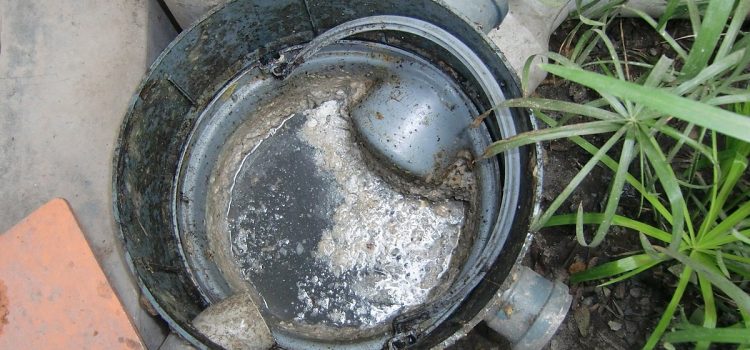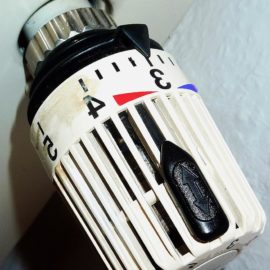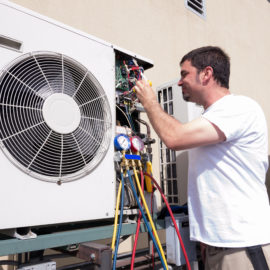
Grease traps are a critical but often overlooked component of many commercial kitchens and restaurants. These unassuming devices play a vital role in preventing grease and fats from entering the wastewater system, where they can cause blockages and environmental damage. In this blog, we’ll dive into what grease traps are, how they work, and why they are essential for the proper functioning of food service establishments.
Grease Trap Basics
At its core, a grease trap is a plumbing device designed to intercept, collect, and separate grease, fats, and solid food particles from wastewater before it enters the sewer system. Typically made of metal or plastic, grease traps come in various sizes to accommodate the specific needs of the establishment. They are installed between the sink drains and the sewer lines and act as a barrier that captures these substances to prevent them from clogging pipes.
How Do Grease Traps Work?
The operation of a grease trap is relatively simple. As wastewater containing grease and food particles flows into the trap, it enters a chamber where the flow rate slows down. This reduction in speed allows the fats, oils, and solid particles to naturally separate from the water. Since grease is less dense than water, it rises to the top, while heavier solids settle at the bottom. The relatively cleaner water remains in the middle and exits the trap, eventually flowing into the sewage system.
Different Types of Grease Traps
There are various types of grease traps, each designed for specific applications and sizes of food service establishments. The most common types include passive grease traps, automatic grease removal units, and hydro-mechanical grease interceptors. Passive grease traps are the simplest and are ideal for small kitchens. Automatic grease removal units are more advanced and require less maintenance, making them suitable for larger facilities. Hydro-mechanical grease interceptors are compact and efficient solutions for smaller kitchens with limited space.
Legal Requirements
Many jurisdictions have strict regulations and guidelines in place that mandate the installation and proper maintenance of grease traps in food service establishments. These regulations are in place to protect public sewers and the environment from the harmful effects of grease buildup and blockages. Non-compliance with these regulations can result in fines and the suspension of operating licenses. It’s crucial for restaurant and kitchen owners to be aware of and adhere to these legal requirements.
The Environmental Impact
When grease and fats enter the sewage system, they can lead to blockages, sewer backups, and increased maintenance costs for municipalities. Moreover, the environmental consequences are severe, as these substances can contaminate water sources, harm aquatic life, and damage ecosystems. Grease traps play a significant role in mitigating these environmental risks by intercepting grease and preventing it from entering the sewer system.
Benefits for the Kitchen
Grease traps offer several benefits to commercial kitchens. First and foremost, they help maintain the proper flow of wastewater, reducing the risk of clogs and backups that can disrupt kitchen operations. By preventing grease from entering the sewer system, they also help extend the life of plumbing systems, saving kitchen owners money on repairs and replacements. Furthermore, regular maintenance and cleaning of grease traps can enhance the overall hygiene of the kitchen, ensuring a safe and sanitary environment.
Cost Savings
While the initial installation of a grease trap may incur some costs, the long-term savings are substantial. By preventing blockages and reducing the risk of sewer backups, kitchen owners can avoid expensive emergency plumbing repairs. Additionally, efficient grease trap maintenance reduces the need for costly treatments and cleanups related to sewer overflows. The savings in both repair and operational costs can make grease traps a financially sound investment.
Maintenance and Cleaning
Proper maintenance and cleaning of grease traps are crucial for their effective operation. Neglecting regular cleaning can lead to blockages, odors, and reduced efficiency. Kitchen staff or professional service providers should regularly remove accumulated grease, fats, and food particles from the trap. Establishing a cleaning schedule and adhering to it is key to ensuring the longevity and effectiveness of the grease trap.
In conclusion, grease traps are essential components of commercial kitchens and food service establishments, serving to protect plumbing systems, prevent environmental damage, and maintain operational efficiency. Understanding how grease traps work, their different types, and the legal requirements surrounding them is vital for kitchen owners and operators. By investing in and properly maintaining grease traps, establishments can avoid costly plumbing issues, contribute to environmental protection, and maintain a clean and hygienic kitchen environment. Grease traps may be unassuming, but their impact is significant in the world of food service. Need the help of an expert to install your grease traps? Check out Mr. C’s Plumbing and Septic, Inc.. They provide grease trap installations and drains cleaning in Broward, Miami-Dade, and Palm Beach Counties.



